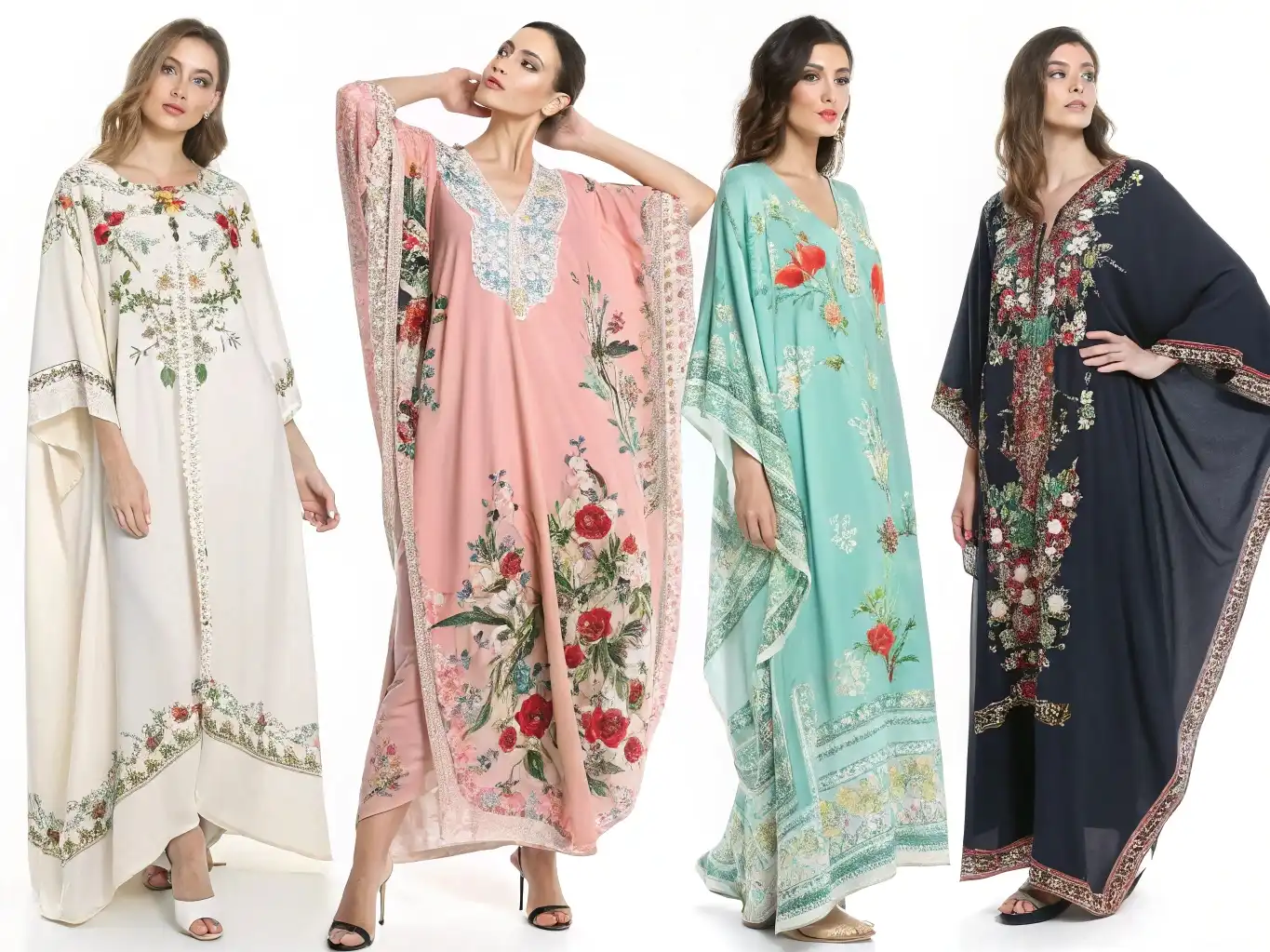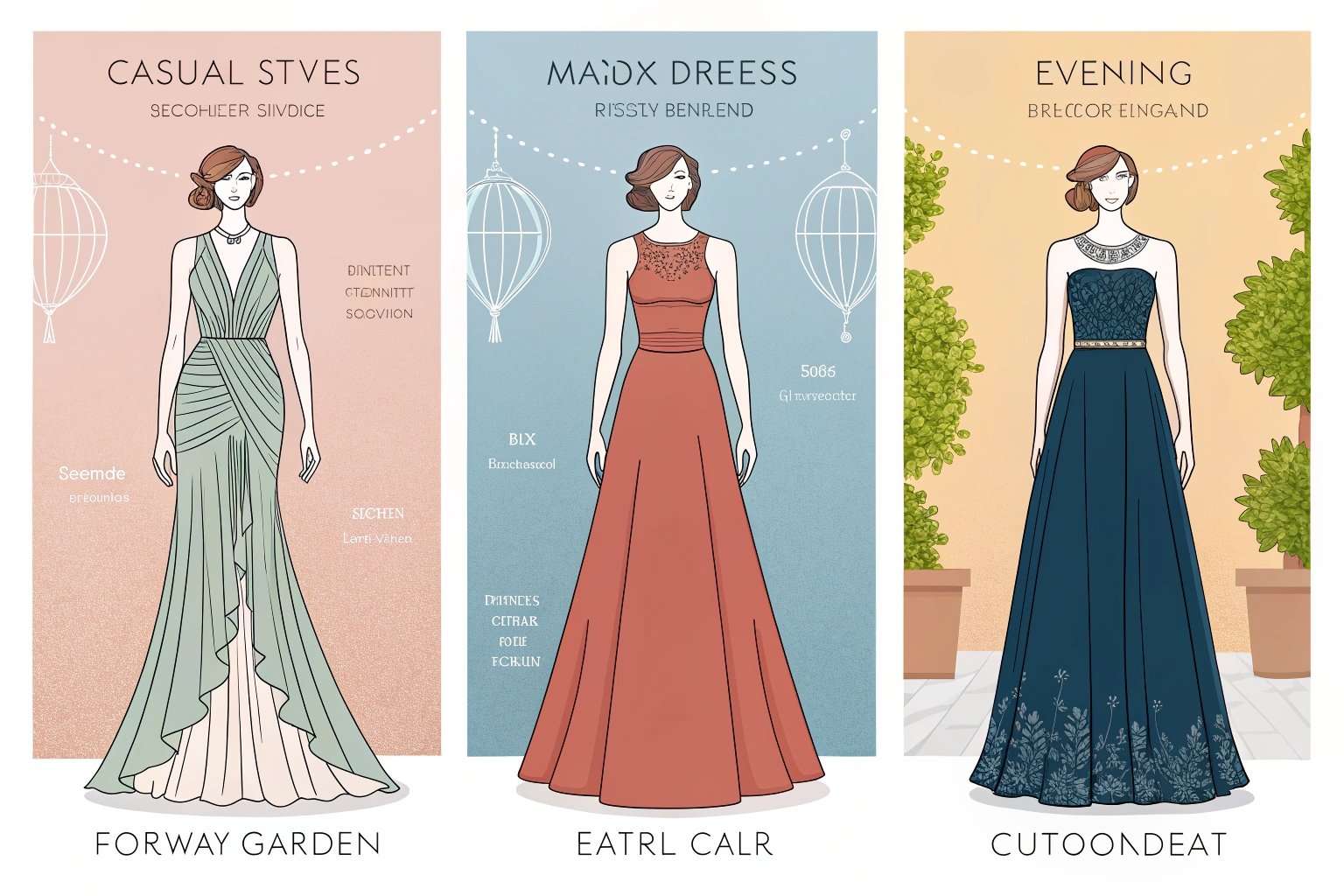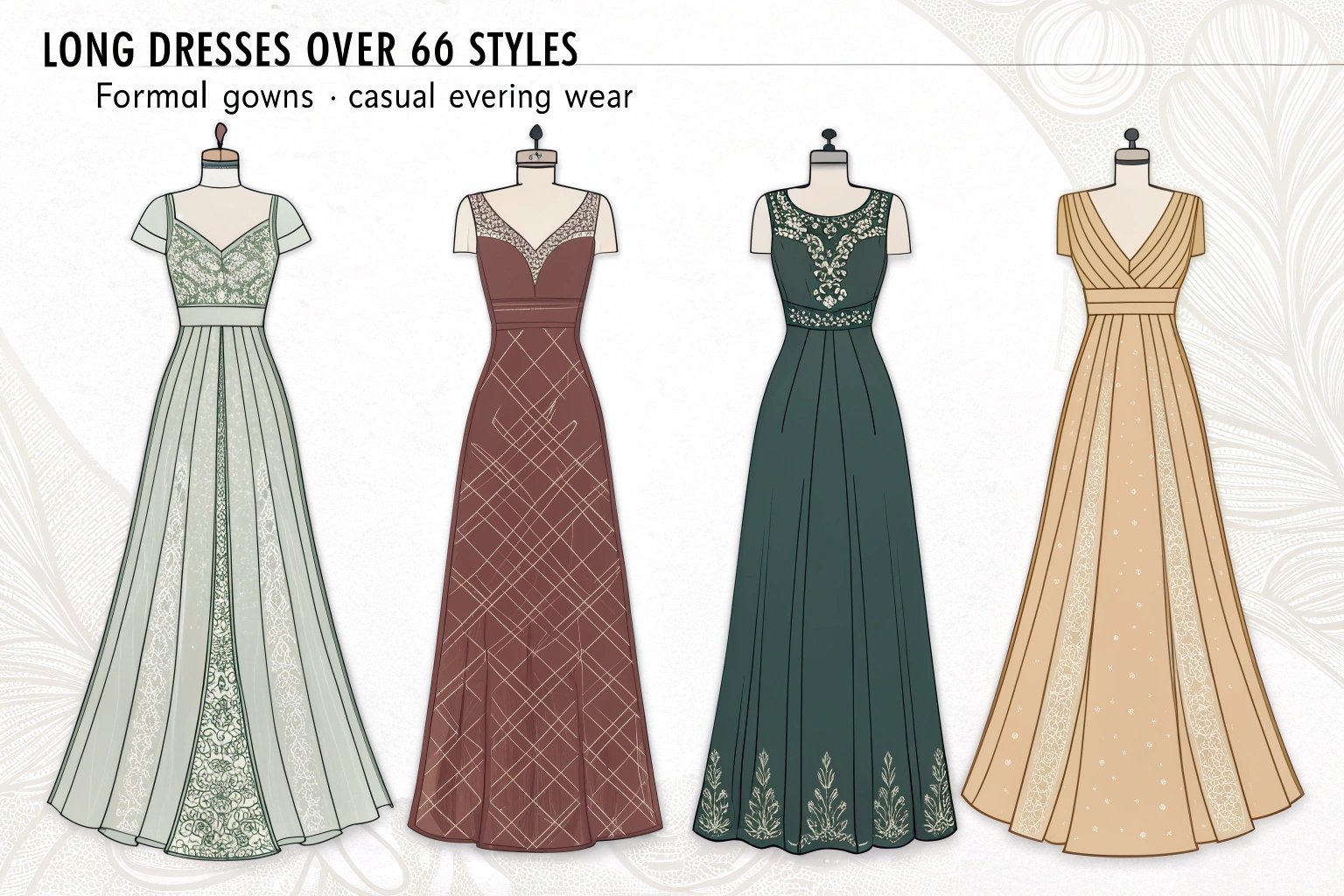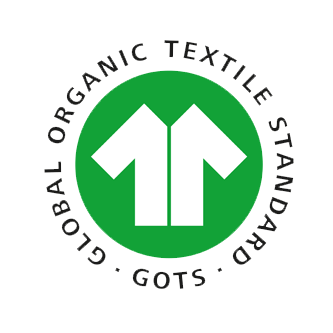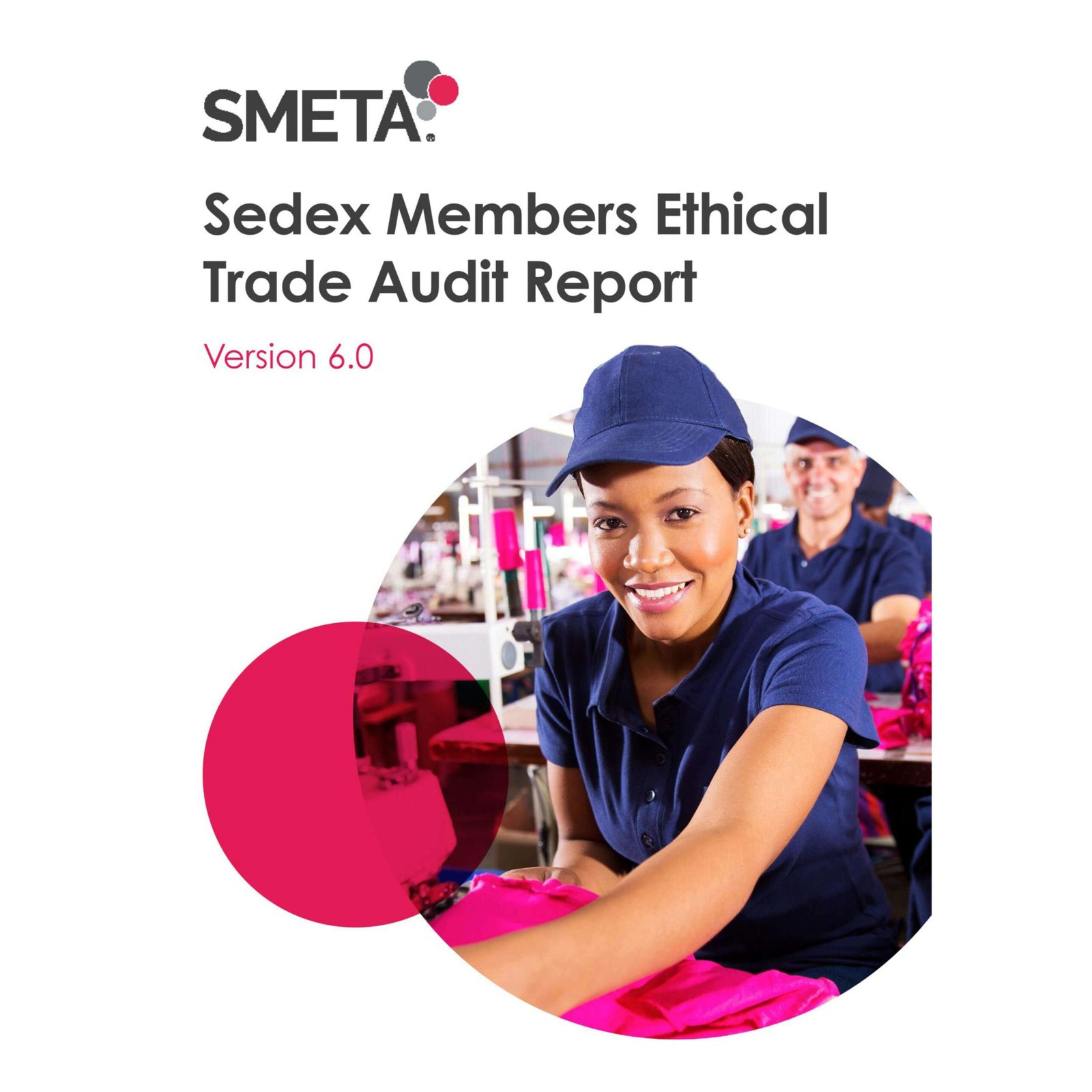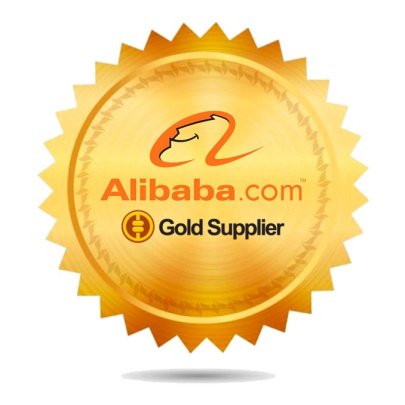When sourcing from Southeast Asia, Thailand often stands out—not just for its garment assembly, but for its heritage in textile craftsmanship. For fashion brands looking to explore new fabric narratives, Thailand offers something distinctly artisanal and culturally rich.
Thailand is best known for silk, especially Thai silk, a handwoven fabric made from local silkworms, recognized globally for its vibrant sheen, unique texture, and traditional patterns.
At Xzapparel, we’ve encountered several clients seeking to blend modern silhouettes with heritage fabrics—and Thai silk frequently comes into conversation. But Thailand’s textile story goes beyond just silk.

What is Thai silk, and why is it so special?
Thai silk is more than a fabric—it’s an art form.
Made from the cocoons of domesticated silkworms raised in Thailand, Thai silk is dyed, handwoven, and treated using traditional methods passed down through generations.
Unique Qualities of Thai Silk
- Iridescent color due to triangular prism structure
- Crisp hand-feel and subtle texture
- Variations from handweaving add character
Thai silk is often used in:
- Evening gowns
- Formal wear
- Cultural or ceremonial garments
Thai Silk vs. Chinese Silk
| Attribute | Thai Silk | Chinese Silk |
|---|---|---|
| Source | Thai silkworms | Mulberry silkworms |
| Weaving Method | Mostly handwoven | Mostly machine-made |
| Texture | Stiff, textured | Smooth, soft |
| Color Behavior | Iridescent | Consistent |
| Cultural Origin | Regional artisan craft | Mass production history |
Brands seeking authenticity, storytelling, and high-end appeal often turn to Thai silk for limited edition drops.

Are there other fabrics Thailand is known for?
Yes, especially cotton and eco-textiles.
Beyond silk, Thailand is respected for its regional cottons—handspun, naturally dyed, and woven by local communities.
Northern Thai Textiles (e.g., Chiang Mai, Nan)
- Indigo-dyed cotton
- Batik-inspired patterns
- Hill tribe woven fabrics (Hmong, Karen styles)
Southern Thai Textiles
- Lightweight cottons for tropical climate
- Islamic-influenced motifs (e.g. from Narathiwat)
We sometimes receive requests from boutique brands seeking fabrics with ethnic flair for capsule collections or storytelling-based lines.
What about modern production—can Thai mills scale?
Thailand has both artisan and industrial capacity.
While handwoven textiles cater to the premium segment, there are modern textile mills in Thailand capable of producing knitted fabrics, blended fibers, and performance textiles.
Key Fabric Categories Produced at Scale in Thailand
- Cotton jersey and rib
- Rayon and modal blends
- Recycled polyester knits
- UV-protective and anti-bacterial fabrics
Thailand also participates in organic and sustainable textile certifications (GOTS, OEKO-TEX), making it suitable for green fashion brands.
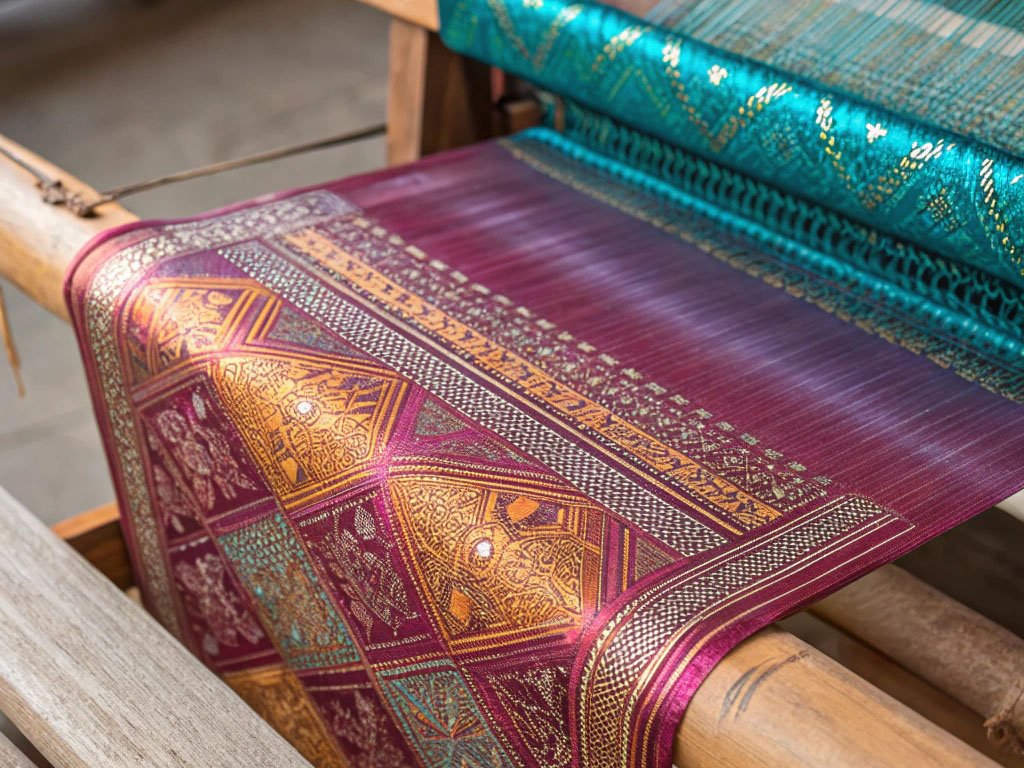
Can Thai fabrics be used in Western fashion collections?
Absolutely—with thoughtful adaptation.
Thai fabrics bring texture, story, and authenticity, but often require reinterpretation for global markets.
How We Integrate Thai Fabrics at Xzapparel
- Thai silk as paneling in jackets or dress linings
- Indigo cotton used in summer resortwear
- Hmong prints replicated on digital fabric for scalable production
We help clients reformat artisanal ideas into production-ready silhouettes.
What are the sourcing challenges?
Artisanal fabrics require patience and flexibility.
Thai silk and village textiles often come with irregularities, longer lead times, and limited meterage—but offer unmatched uniqueness.
Key Considerations
- MOQ can be as low as 5–10 meters per design
- Prices range from $10–$40 per meter for authentic silk
- Color variation and weave irregularity are common
For larger runs, we suggest using Thai-inspired prints on commercial fabric bases.

How to source Thai fabrics?
There are multiple sourcing routes.
Fashion brands can work with fabric agents in Bangkok, attend Thai textile fairs, or collaborate directly with weaving cooperatives.
Key Sources
- Bangkok Fabric Market (Phahurat)
- Queen Sirikit Textile Museum (network access)
- ThaiCraft Fair Trade Network
- ThaiTex Trend exhibitions
At Xzapparel, we also help clients source Thai fabrics and integrate them into China-based garment manufacturing for cost efficiency.
Conclusion
Thailand is globally renowned for its silk, and respected for its regional cottons and artisan textiles. For brands seeking cultural depth, slow fashion ethos, and material beauty, Thai fabrics offer a unique value. Whether you’re building a luxe collection or storytelling capsule, Thai textiles deserve a place in your fabric library.
Interested in blending heritage textiles with modern fashion production? Let’s explore the possibilities together.


